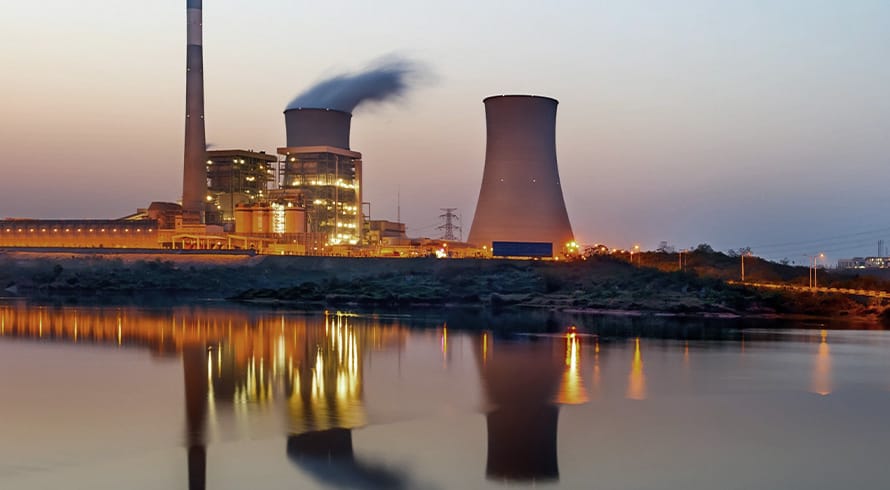Developers required to consider climate change impact when applying for environmental authorisation
The Minister of Environmental Affairs made the environmental authorisation (EA) for the Thabametsi Power Project (Pty) Ltd coal-fired power station subject to the condition that a full climate change impact assessment first be conducted.
- The Limpopo Department of Economic Development and Tourism refused to grant Aquila Steel SA (Pty) Ltd an EA for its iron ore mine in light of the detrimental effects the mine would have on the climate change resilience of the proposed development site.
Though climate change is not a novel phenomenon, it is the first time that its risks and impact have played a deciding role in the EA decision-making process.
EAs are regulated under the National Environmental Management Act, No 107 of 1998 (NEMA) and the Environmental Impact Assessment (EIA) Regulations promulgated under the auspices of NEMA. These instruments do not explicitly or directly regulate climate change adaptation and mitigation. NEMA does, however, set out a number of principles that must be considered by a decision-maker before granting or refusing an EA. The White Paper on the National Climate Change Response (White Paper) identifies the following as some of the principles fundamental to the achievement of South Africa’s climate change response objective:
- intra- and inter-generational sustainability;
- the precautionary principle;
- the polluter pays principle; and
- sustainable development.
Sections 24O of NEMA and 18 of the EIA Regulations furthermore prescribe criteria to be taken into account by competent authorities when considering EA applications, which include:
- any environmental impacts or degradation likely to be caused if the EA is approved or refused; and
- any guidelines, departmental policies and management instruments adopted by the Minister or MEC (this would include the White Paper).
This framework serves as the basis upon which climate change considerations may be incorporated into the EA process. The decisions made in respect of the Thabametsi Power Project and the Aquila Steel iron-ore mine are therefore not due to any changes in law or regulation. Rather, they reflect how the decision-makers are starting to exercise their discretion in a manner that affords climate change more weight when considering whether to approve an EA.
In light of these decisions, developers applying for an EA would be well-advised to, where applicable, show that the risks and impact of climate change have been properly studied and/or considered.
Written by Alecia Pienaar and Sandra Gore
The information and material published on this website is provided for general purposes only and does not constitute legal advice. We make every effort to ensure that the content is updated regularly and to offer the most current and accurate information. Please consult one of our lawyers on any specific legal problem or matter. We accept no responsibility for any loss or damage, whether direct or consequential, which may arise from reliance on the information contained in these pages. Please refer to our full terms and conditions. Copyright © 2026 Cliffe Dekker Hofmeyr. All rights reserved. For permission to reproduce an article or publication, please contact us cliffedekkerhofmeyr@cdhlegal.com.
Subscribe
We support our clients’ strategic and operational needs by offering innovative, integrated and high quality thought leadership. To stay up to date on the latest legal developments that may potentially impact your business, subscribe to our alerts, seminar and webinar invitations.
Subscribe




